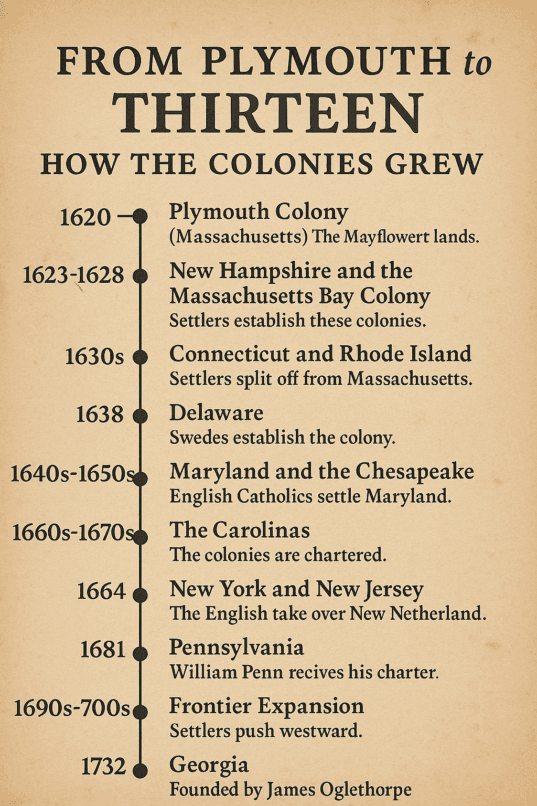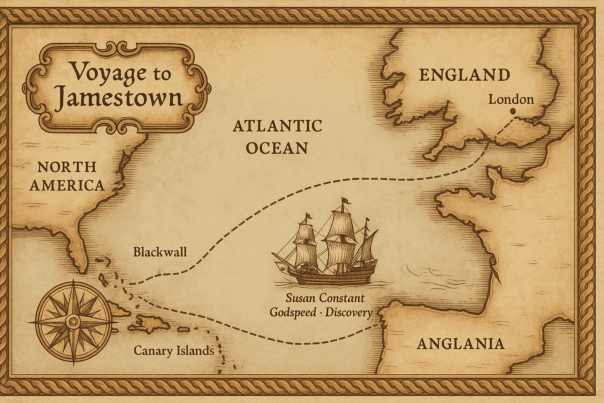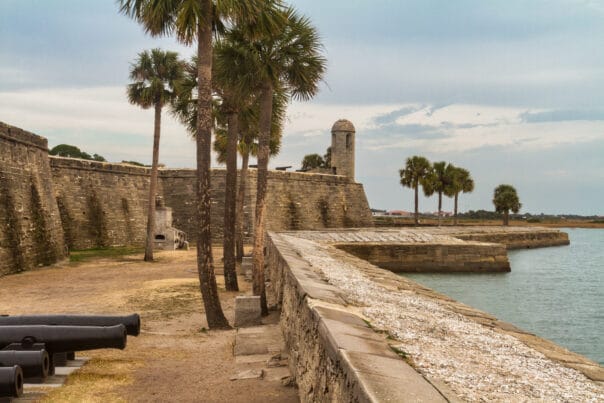Before George Washington became the steadfast commander of the Continental Army and America’s first president, he was a young officer seeking glory on the rugged frontier. His first experience in battle, during the French and Indian War, brought not fame but failure. Yet those early trials would shape his sense of leadership and the destiny of a nation.
Washington’s Lesson in Humility
In 1754, twenty-two-year-old Washington led a small Virginia regiment into the wilderness of western Pennsylvania. Britain and France both claimed the Ohio Valley, and tensions teetered on war. Acting under vague orders, Washington’s men ambushed a French scouting party, a rash decision that resulted in the death of a French officer and escalated the global conflict.

Washington hastily built Fort Necessity, a crude stockade meant to hold off French retaliation. But he was soon surrounded by a superior force of French soldiers and Native American allies. Torrential rain drenched the gunpowder and the morale of his men. Facing certain defeat, Washington surrendered. Worse yet, the surrender document, written in French, contained an admission of “assassination,” tarnishing his reputation abroad.

The humiliation at Fort Necessity taught Washington the lessons of command: humility, caution, and the weight of responsibility. He never again signed a document he could not read, and he emerged from the disaster more determined, more disciplined, and wiser. Those traits would serve him well when called again in the future.
Do You Know?
Washington’s surrender at Fort Necessity in 1754 marked the only time he ever capitulated in battle. That single mistake helped ignite the French and Indian War, a conflict that spread across the globe as the Seven Years’ War and laid the groundwork for the American Revolution that followed.
Raised by His Mother’s Strength

George’s character was forged long before his military career began. His father, Augustine Washington, died when George was only eleven years old. The loss profoundly affected him, leaving his mother, Mary Ball Washington, to raise five children largely on her own.
Mary was a woman of strong faith and even stronger will. She managed the family’s Ferry Farm plantation near Fredericksburg, teaching her son self-reliance, frugality, and moral resolve. Without the wealth or connections that might have come from an English education, George instead learned practical skills in surveying and agriculture. These experiences grounded him in the realities of the Virginia frontier.

The Guiding Hand of a Brother
After his youth in Fredericksburg, George often visited his older half-brother, Lawrence Washington, at his home overlooking the Potomac River, the estate we now know as Mount Vernon. Lawrence, a cultured and worldly man who had served with the British Navy, introduced young George to Virginia’s gentry and instilled in him an admiration for military discipline and public service.

When Lawrence died of tuberculosis in 1752, George, then age 20, inherited Mount Vernon. The property became not just his home but his lifelong refuge, a place of reflection after the Revolution and a symbol of his devotion to the land he loved.

The Fredericksburg Connection
To understand Washington’s foundations, visit Fredericksburg, Virginia, a town where his youth, family, and values still echo.
At George Washington’s Boyhood Home at Ferry Farm, visitors can walk the same bluff that overlooks the Rappahannock River and tour the reconstructed farmhouse that represents his early life. Archaeological finds tell stories of the Washington family’s daily routines, from farming tools to fragments of china, offering glimpses into the world that shaped a future president.

Across the river lies the Mary Washington House, purchased by George for his widowed mother in 1772. This modest home is filled with 18th-century furnishings and memories of a strong woman whose influence on her son was immeasurable.

A short walk leads to Kenmore, the elegant Georgian mansion built by Washington’s sister, Betty Washington Lewis, and her husband, Fielding Lewis. At the time they built the estate, they were wealthy and the house was designed to show their status. The plaster ceilings in Kenmore are among the finest in America, and every room reflects the refinement of Virginia’s elite. But Fielding’s story is one of sacrifice. He invested nearly his entire fortune in supplying the patriot cause during the Revolution. The debts he incurred crippled his estate, and he died before seeing independence realized. The family remained, but never lived a lavish lifestyle. His devotion stands as a quiet monument to the financial and personal costs of liberty.

Nearby, the Hugh Mercer Apothecary Shop offers a fascinating window into colonial medicine, with demonstrations of leeches, lancets, and herbal remedies that once treated the town’s residents.

The Rising Sun Tavern
Just a few blocks away, the Rising Sun Tavern offers another glimpse into 18th-century life. Built in 1760 by George’s younger brother, Charles Washington, the structure originally served as his private home before being converted into a tavern in the 1790s. The Rising Sun quickly became Fredericksburg’s social hub, a place where locals, travelers, and politicians gathered to exchange news and debate the issues of the day.

Today, costumed interpreters recreate the lively atmosphere of a colonial tavern, complete with wooden tankards, candlelight, and tales of Revolutionary-era gossip. The building’s original timbers and brick hearths remain intact, allowing visitors to step back into the era when the colonies buzzed with ideas of liberty and independence.
The tavern connects perfectly with the broader Washington story. It reflects the entrepreneurial spirit of the family and the growing identity of Virginia as a place where both ideas and independence took root.
Reflections on the Path to Greatness
In Fredericksburg, you trace the beginnings of George Washington’s strength, from the heartbreak of losing his father and the stern love of his mother to the mentorship of his brother and his lessons in failure. Here, the man behind the myth becomes real: ambitious yet humble, proud yet disciplined, and forever molded by family and place.
A visit through this region is more than a history lesson. It is a journey into the making of character and country.

Visitor Information
George Washington’s Ferry Farm
268 Kings Highway, Fredericksburg, VA
Open daily (seasonal hours vary). Tours, museum exhibits, and walking trails.
Website: www.kenmore.org/ferryfarm
Mary Washington House
1200 Charles Street, Fredericksburg, VA
Open Wednesday through Monday. Guided tours highlight Mary’s later life and her relationship with George.
Website: www.washingtonheritagemuseums.org
Kenmore
1201 Washington Avenue, Fredericksburg, VA
Open daily for tours. The home of Fielding and Betty Washington Lewis includes gardens and museum exhibits.
Website: www.kenmore.org
Hugh Mercer Apothecary Shop
1020 Caroline Street, Fredericksburg, VA
Living-history interpreters demonstrate 18th-century medical practices.
Website: www.washingtonheritagemuseums.org
Rising Sun Tavern
1304 Caroline Street, Fredericksburg, VA
Built by Charles Washington in 1760 and later converted into a tavern, the site recreates 18th-century hospitality and conversation.
Website: www.washingtonheritagemuseums.org
Fort Necessity National Battlefield
1 Washington Parkway, Farmington, Pennsylvania
Step onto the site of George Washington’s first military engagement and only surrender. The National Park Service site preserves the battlefield where Washington’s 1754 skirmish with the French ignited the French and Indian War.
Visitors can explore the reconstructed Fort Necessity, a museum with exhibits on colonial frontier life and the global Seven Years’ War, hiking trails through the Great Meadows, and the nearby Mount Washington Tavern, once a stop on the National Road.
Website: www.nps.gov/fone






